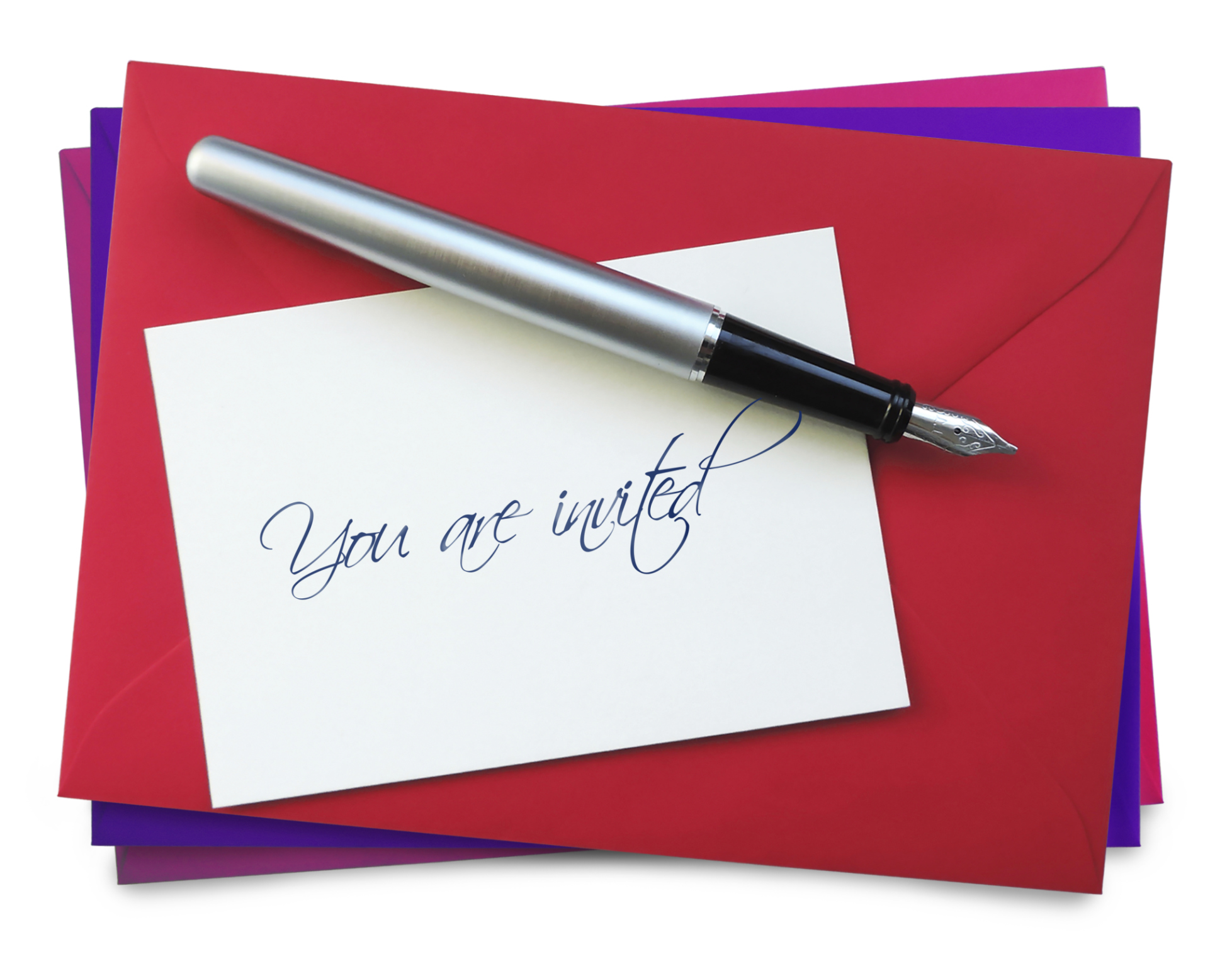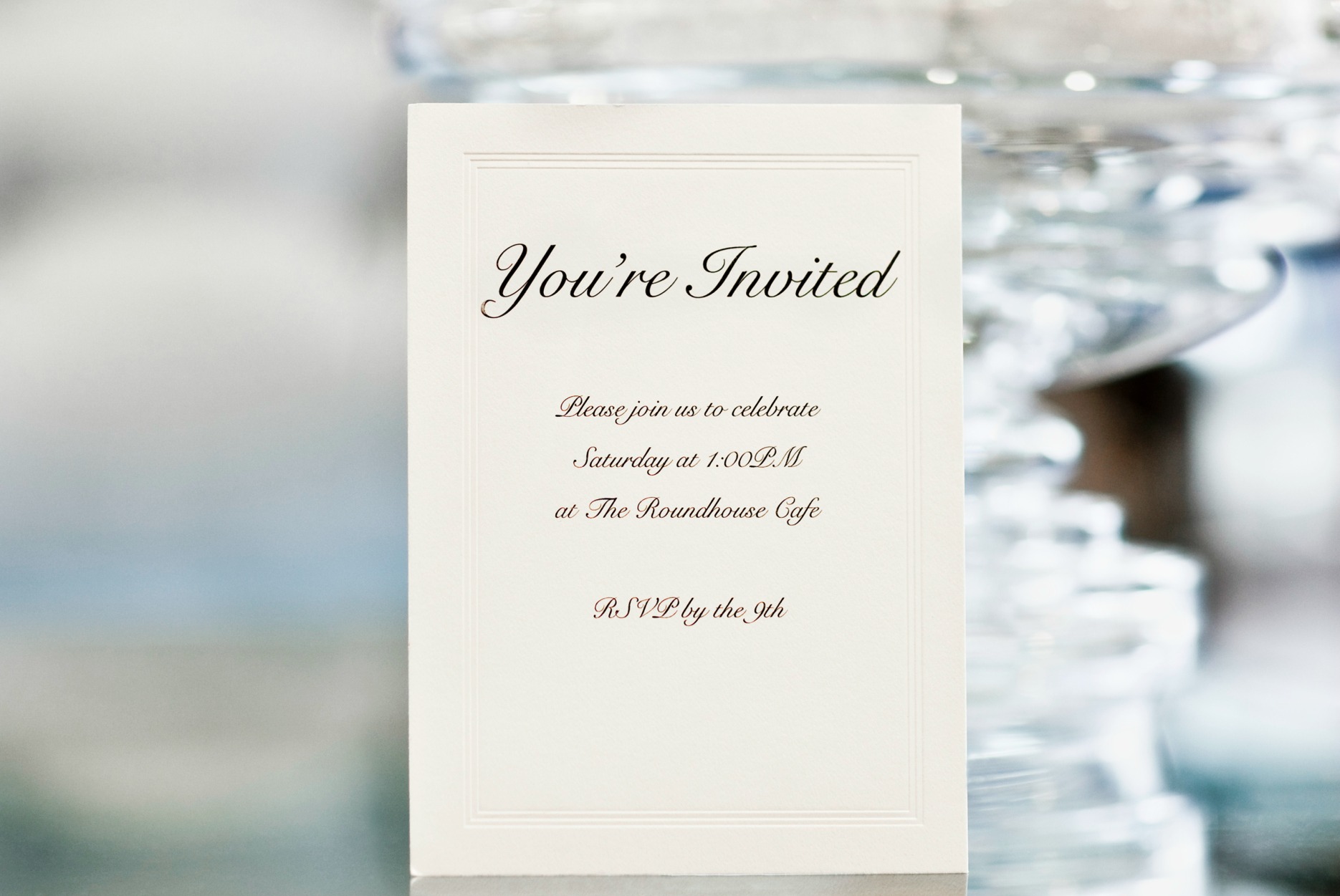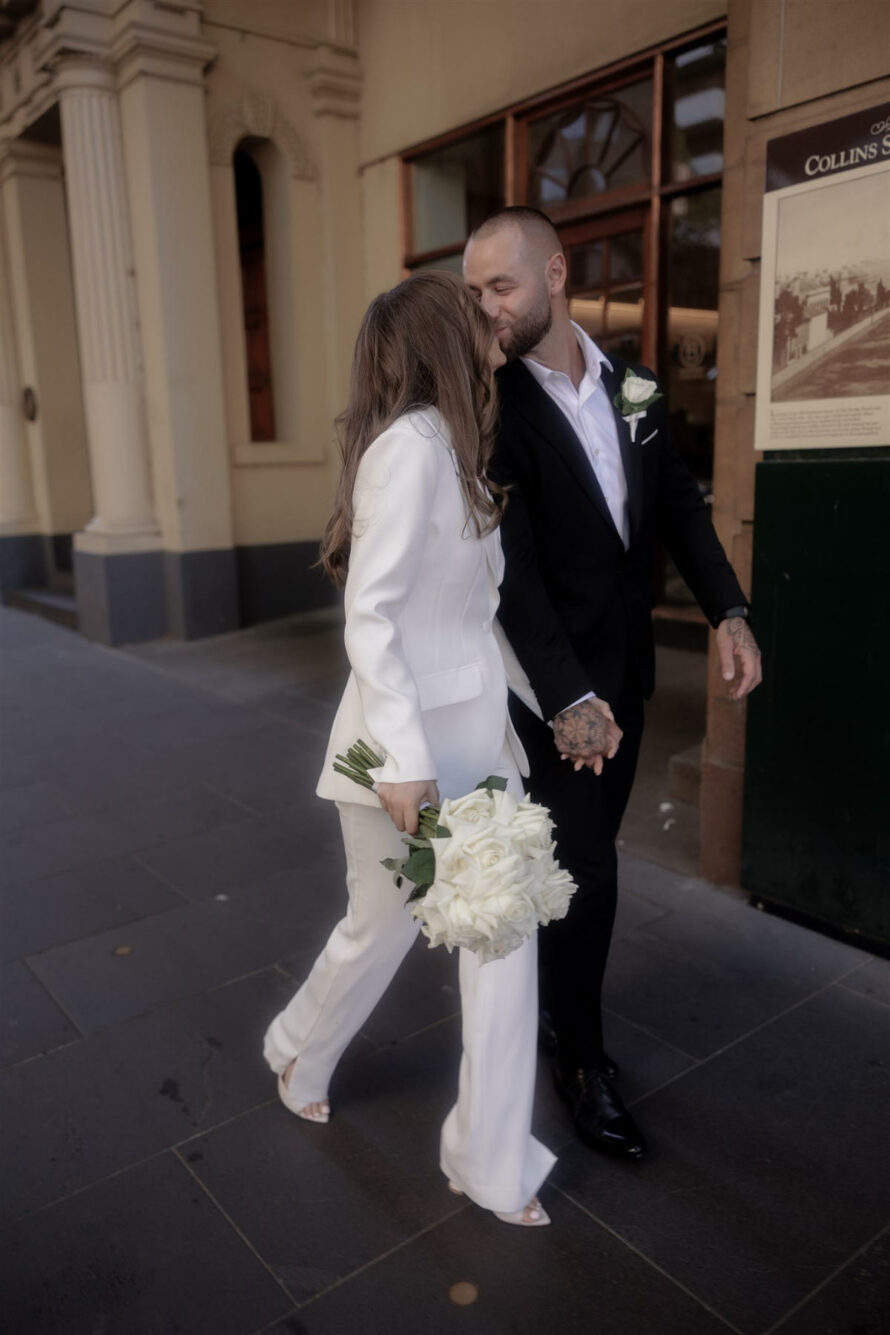The design of your wedding invitations should reflect the formality and style of your wedding. If you have simple colourful invitations with “we’re having a party” written, people will think it is a casual affair. If you have formal individual invitations, your guest won’t arrive in jeans. In choosing your wedding invitations printing makes a big difference to the overall look and feel.
There are five main types of printing used for invitations:
Engraving:
Is the most elegant method of printing and is still used today by people that appreciate the finer things in life. Traditionally this is the only way a wedding invitation was printed. A copper plate is made of the invitation in reverse, and is placed under pressure to receive the ink to give it a raised finish. This also gives the invitation a slight bruise on the back of the printed card or paper. The expense of the process lies in the copper plates that are used. These belong to the customer and can be used for example, for the cover of the wedding photo album as a feature.
When engraving an invitation all other components of wedding stationery should also be then engraved to keep the look uniform. Engraved stationery is available from specialty stationers. Engraving is more commonly used for personal stationery because the information on the copper plate can be used repeatedly at a margin of the price.
Thermography:
Gives a similar look without the added expense of a copper plate. The invitation is off set printed and while the ink is still wet it is applied with a powder resign that is then heated (this is where the word thermography comes from, thermo meaning heat) giving it the raised finish.
Thermography costs are that of engraving less the costs of the copper plates. Thermographed wedding stationery is the preferred style of printing these days giving the total look of elegance, and is available from specialty stationers and printers.
Offset printing:
This form of printing is becoming more common. You will see off set printing (flat printing) in business etc; it is a commercial form of printing. Very commonly used because it is affordable in bulk lots.
Calligraphy:
Depending on the desired look for your invitation the artistic flare of a calligrapher can be used. The hand written word can then be transposed for each of the previous printing methods. Or each invitation can be hand calligraphed. Keep in mind that most calligraphers charge by the hour therefore each individual invitation could be more costly than printing. When printing, the addition of a guest¦s name on the invitations and the addressing of the envelopes are usually done with the assistance of a calligrapher if you don¦t feel up to it yourself, as labels should never be used.
Computer printing:
A lot of invitations can be formatted and printed from a computer. This is acceptable for a small gathering of guests or for party invitations. You can do it yourself or have a friend help. There are also a lot of invitation companies that use this form of printing, as it is low in cost to produce and quick and easy. Usually done with a laser printer in black ink. A lot of invitations are done this way.
Hand written:
The appropriate time for a hand written invitation is when it is a more casual affair or a small intimate group of friends and family. The invitation is usually done on personal stationery and worded in a letter format. This style of invitation is best written in ink and not ballpoint pen to help keep the invitation elegant. In most cases the wedding would be held at home.
Helpful hints
- Choose your invitations early. At least four months before your wedding. Stationers need up to four weeks to produce and print your invitations then they need to be hand addressed this could take some time. The invitation then needs to be received six to eight weeks before the wedding.
- The invitation should be addressed in ink and not using a ballpoint pen, the ink should also match the hand written names on the invitation.
- RSVP for your invitation should be approximately two to three weeks prior to the date as this gives you time to confirm numbers with caterers and arrange table plans and seating.
It is cheaper to have all your wedding stationery printed at the same time this includes acceptance cards, thank you stationery, menus, ceremony program covers and gift registry card. Other information that can be added but not printed on the actual invitation is transport information (shuttle service) accommodation card for suggestions on where to stay. - If you are having a gift registry card this should be printed in the same format as your invitation on equal stock and in the same font and ink colour. This is so that your suggestion of the register is not offensive and is received subtly.
- Labels should not be used on your envelopes as this can confuse the receiver. Hand written or calligraphy is easily distinguished and is opened first because it¦s not going to be a bill or advertising material. Hand addressed envelopes add a touch of personalisation to your invitation, it has come from you personally rather than the printer or a mail merge on a computer. Guest like to think that they¦re special not just a number on your data base.




